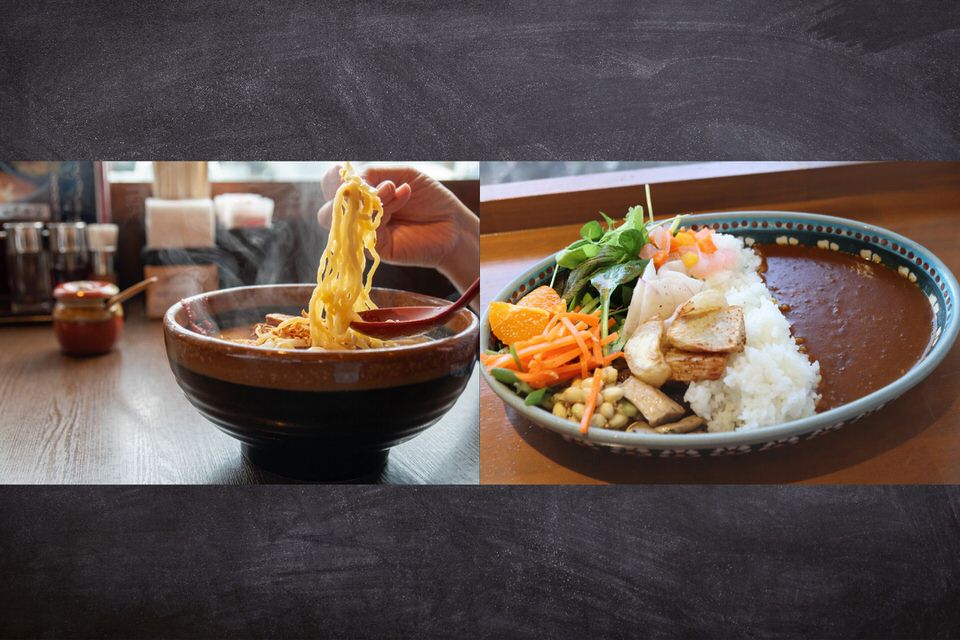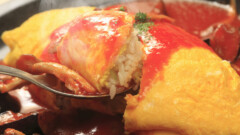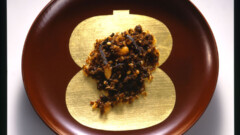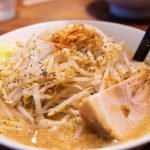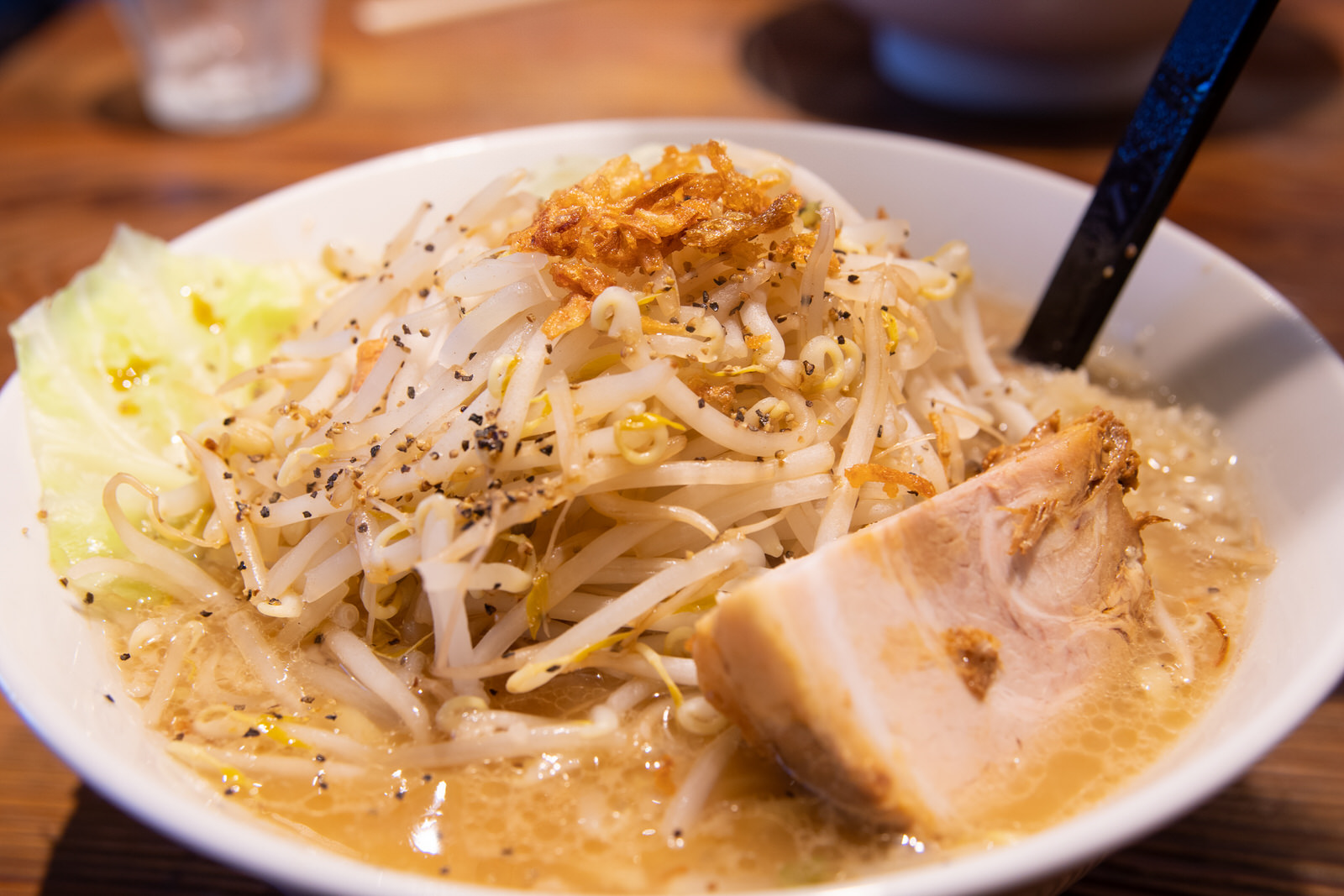We bet most of you are familiar with Japanese ramen, but how about Japanese curry?
During the British colonial period in India, Crosse & Blackwell (known as C&B) blended spices used in Indian cuisine and started to sell curry powder. That powder was exported to Japan, where makers added a few extra ingredients to make the taste go better with white rice. The Japanese added flour to thicken the sauce while it cooked, which makes it mix easily with rice. Thus, Japanese curry evolved in a separate way than the curries made strictly with curry powder. The thick brown sauce of Japanese curry goes well with vegetables and meat and is rich in umami and a refreshing spiciness.
In Japan, curry is a comfort food. More than 150,000 tons of the ready-to-eat curry pouches are consumed every year in the country. But that doesn’t even include all the consumption of curry powder and curry-flavored food you find in Japan.
Ramen is also a comfort food. But the level of consumption of ramen isn’t even close to that of curry in Japan. Korakuen and Hidakaya are the top two ramen chains in Japan. They do a combined annual business of 11.6 billion yen (about $108 million). Compare that with the annual sales of Cocoichi, Japan’s biggest curry chain. For 2020, Cocoichi is predicting 51.4 billion yen (about $480 million) in sales with an operating profit of 4.63 billion yen and an ordinary profit of 4.83 billion yen. The two biggest ramen chains don’t even come close.
Cocoichi is known throughout Japan for its delicious curry. It is listed in Guinness World Records as the world’s largest curry chain. Customers choose levels of spice, ingredients, rice portions, and can add various toppings. People who don’t like spices very much can enjoy the mild curry. And on the opposite end of the spectrum, spice lovers can challenge themselves with extra-spicy curry. You can also control the amount of meat and seafood in your curry, so that the meals fit all sorts of appetites. The family-friendly restaurants are accommodating to everyone.
Cocoichi also offers vegetarian curry. It’s wide range of offerings and delicious taste keep it ranked No. 1. The company was established in 1978. By 1998, it had grown to 500 restaurants. By 2004, the chain doubled to 1,000 restaurants. In 2019, it operates 1,302 restaurants in Japan, four on the mainland US, and two on Oahu, Hawaii. Who eats the most curry in Japan? According to Cocoichi, it’s Okinawa Prefecture.
The chain has 13 stores on Okinawa totaling 1.13 billion yen. Average store sales on the islands are 86 million yen, well ahead of the national average of 60-70 million yen. Okinawa, located in a semitropical region, tends to prefer spicy food. Also, many US troops on Okinawa frequent their local Cocoichi. If you look up Cocoichi in Torrance, California, you’ll see reviews from Okinawa-based service members. Unfortunately for those of us not living in California, that’s the only state on the mainland to have a Cocoichi. But perhaps time will solve that problem.
If you’re planning to run a Japanese franchise in the US and you’re leaning toward a ramen chain, why not consider Japanese curry? It’s likely to be more profitable, all other things like restaurant size, cost of ingredients, and number of seats being equal, because of one big difference: Curry restaurants have a faster rotation.
Ramen noodles have to be cooked after an order is placed, which increases the wait time. Curry can be poured over cooked rice. It’s quick and easy. Curry customers will occupy their seats for a shorter time than ramen customers because the curry gets served faster. If your restaurant is a hit and people line up to get inside, the curry restaurant is going to be able to feed more people.
Let’s dig a little deeper into the numbers. What is the impact on a restaurant if a diner stays 10 minutes less? If the average curry lunch is 700 yen, and the lunch rush is from 11am to 1pm in a 30-seat restaurant that is open 300 days a year (just to make the math easier), here are some numbers to compare: A leisurely 45-minute lunch would net 56,000 yen (about $520) during the lunch rush. If the average customer stays only 35 minutes, the take jumps to 70,000 yen (about $650). For a full 300-day year, the difference would be 4.2 million yen ($39,220).
But there is one more reason curry restaurants have a distinct advantage over ramen restaurants: Curry shops can offer food to go and even install a drive-through window. Ramen really doesn’t work as a to-go or drive-through item, although we’ve seen some desperate souls try to take their ramen home (what a mess). By the time ramen is delivered, the soup is cold, the noodles have absorbed too much liquid, and the pizzazz of the meal is lost. Nuke it in the microwave if you want, but it won’t help. Curry, on the other hand, is well suited to deliveries and to-go orders. In Japan, almost all the Cocoichi restaurants offer a to-go menu and some suburban outlets have drive-through windows.
Also, the ramen market is starting to reach oversaturation. Japanese curry still has a relatively low profile, which could bode well for profits down the road. If you’re not in California, then you are safe for now from the reach of the Cocoichi dynasty. That’s why we think the smart choice in most cases would be to open a Japanese curry shop.






